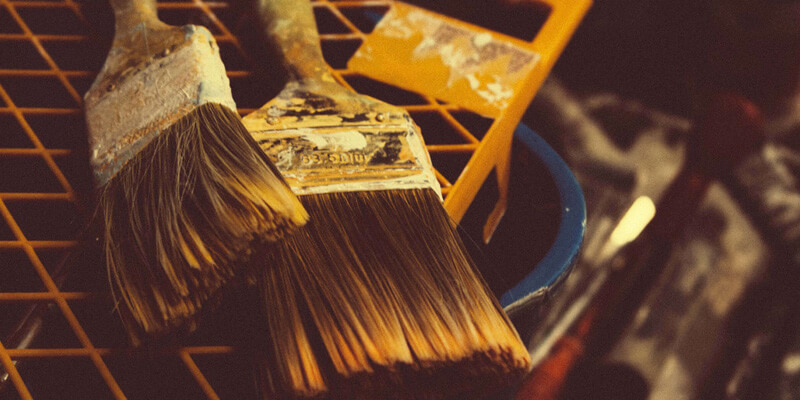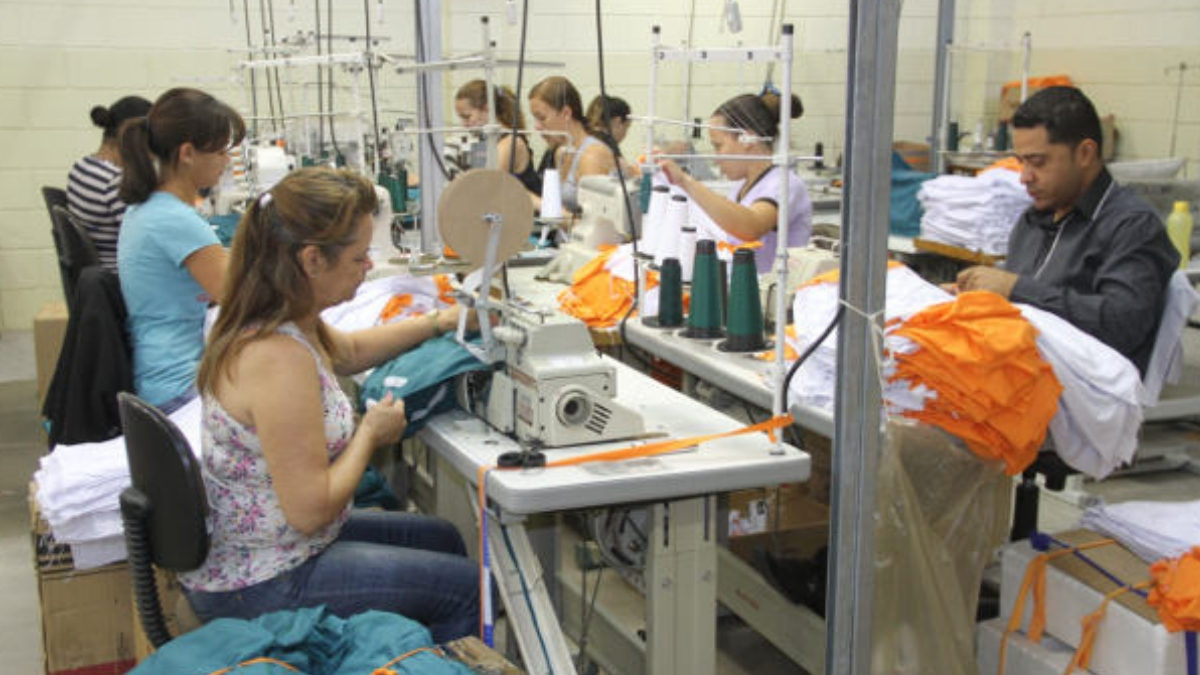- Safety always first
Furniture restoration requires chemical products and tools that can be hazardous to your health if you don’t take the right precautions. First, make sure you’re using the right tools for the job, this will keep you safe and facilitate the process. Use rubber gloves, long sleeves to protects your arms, and eye wear to protect your eyes in case of splattering. Always work in ventilated areas, preferably outdoors. And finally, remember that the old paint finishes you’re going to be working with, may contain lead. If you believe you’re dealing with a lead-based paint, use the proper ventilation, or if you find it necessary, contact a professional to help you strip these old finishes for you.
- Identify old finishes
Before starting any restoration, you should determine the type of finish in your piece. Pigmented finishes like enamel or paint are easy to identify. Finishes like oil, sealer or wax can be identified for their lack of shine in the surface. However, natural finishes like varnish, lacquer or shellac are harder to identify just by sight, so a series of experiments must be carried out. First, apply denatured alcohol to a small area to test the surface. If the finish comes off it means you’re dealing with shellac. If it requires thinner, it’s lacquer, and if neither work, then you’re dealing with varnish.
- Cleaning
Sometimes restoring your old furniture may just mean giving it a good old cleaning. For example, if you’re working with wood, wicker or rattan surfaces, use a commercial oil-based cleaner. If it’s not enough, try mixing warm water with liquid detergent, apply it to the surface with a cloth, without getting the wood too wet, rinse with a dry cloth when you’re done.
If none of these methods do the trick, you can use turpentine, mineral alcohol or denatured alcohol. Use a rough cloth to apply the solution and remember to do it in a well-ventilated area.
- Reamalgamation
If you’re working with pieces of furniture that have scratches or cracks on the surface, there’s a restoring process called reamalgamation that can help you fix them. It uses a solvent applied directly to the surface to eliminate these imperfections. First, clean the old furniture using any of the techniques presented above. Then, choose a solvent, if the surface is lacquer use lacquer thinner and if it’s shellac use denatured alcohol (vanish cannot be reamalgated). Apply the solvent using a natural bristle brush. As the liquid dries, first it’ll look shinny and then opaque, getting rid of all the cracks and scratches. To add final shine to the piece, apply hard paste wax with the help of steel wool.
- Stripping
Restoration is a process in which you’re getting rid of old finishes to apply new ones. Before adding new paint layers, you should first loosen older coats to scrap them. First, apply a semi-paste stripper, let it rest for 5 to 20 minutes depending on the thickness of the finish, and then scratch the surface with a stripping tool or a putty knife. Patience is essential, since this process may require several applications.
When you’ve stripped about 95% of the finish, use a liquid stripper for the remaining part. Apply it with a natural bristle paint brush and let it sit for a few minutes. Use a piece of steel to remove finish from corners, and a putty knife for the rest of the surface.
- Refinishing
We’ve finally arrived at the fun part: applying new paint and finish to give our piece of furniture a new and renovated look. First, sand the piece with 100-120 grit sandpaper, clean with a vacuum and then with a cloth.
Use a bristle paint brush to apply the new coat of paint, let it rest for at least 5 minutes and then clean the excess with a clean cloth. Apply a sanding sealer and let it sit overnight to perform an enhanced sanding the next day. Do the second sanding with a 220-grit sandpaper before applying the finish. Use lacquer, varnish or polyurethane to protect the paint, the finish and to add extra shine to your new piece.
Restoring old furniture is a rewarding and fun process, giving a whole new look to your favorite pieces and to your house. Remember that patience and time are very important. Very soon you’ll be able to use Tinkerlink to find the experts to perform these repairs for you, and find clients who are looking for your experience in this trade.
TinkerLink, experts recommended by people you already know.





